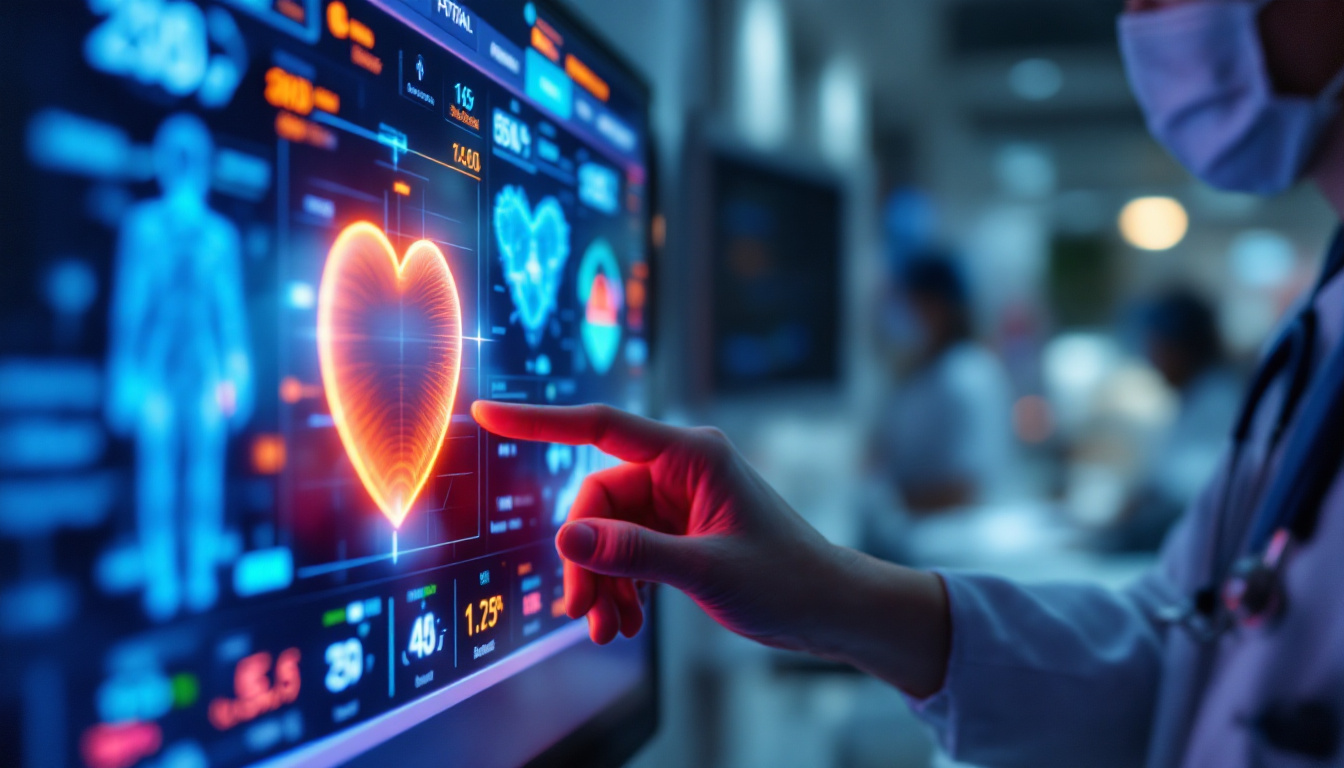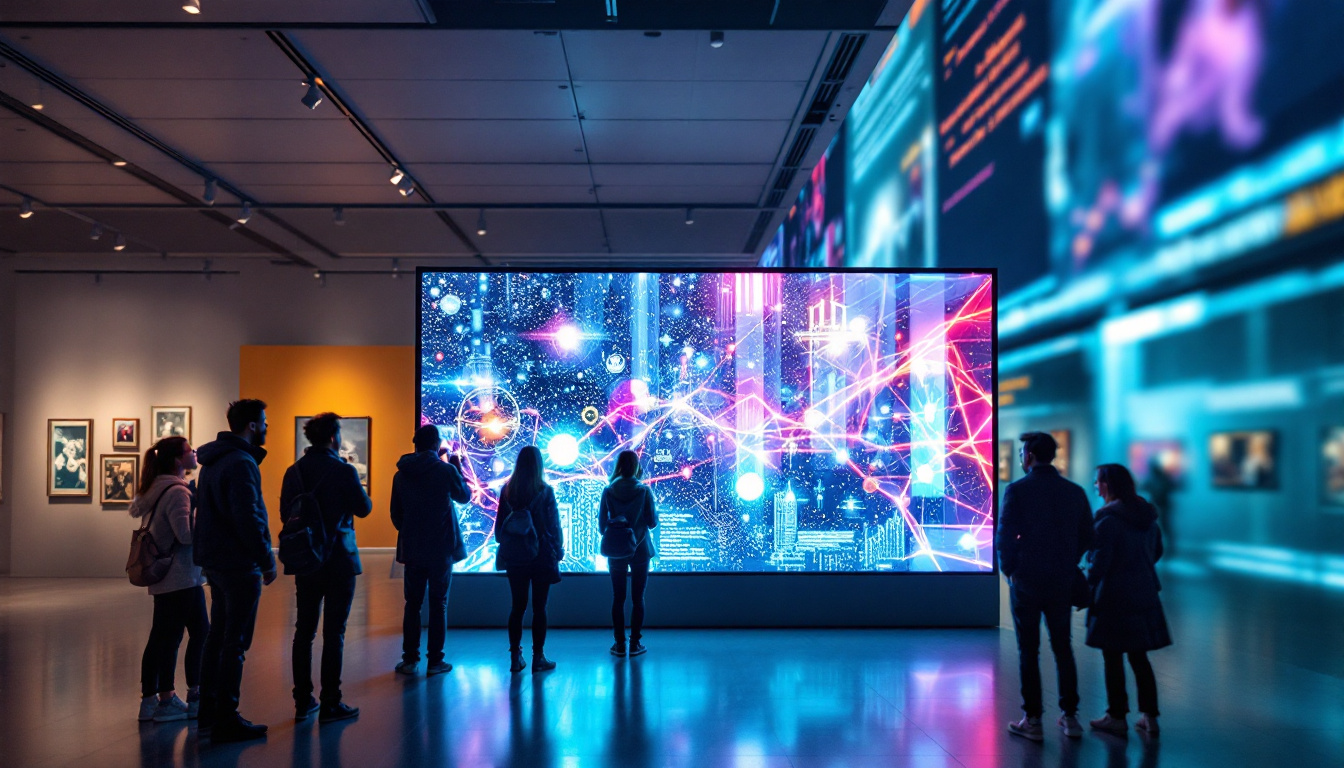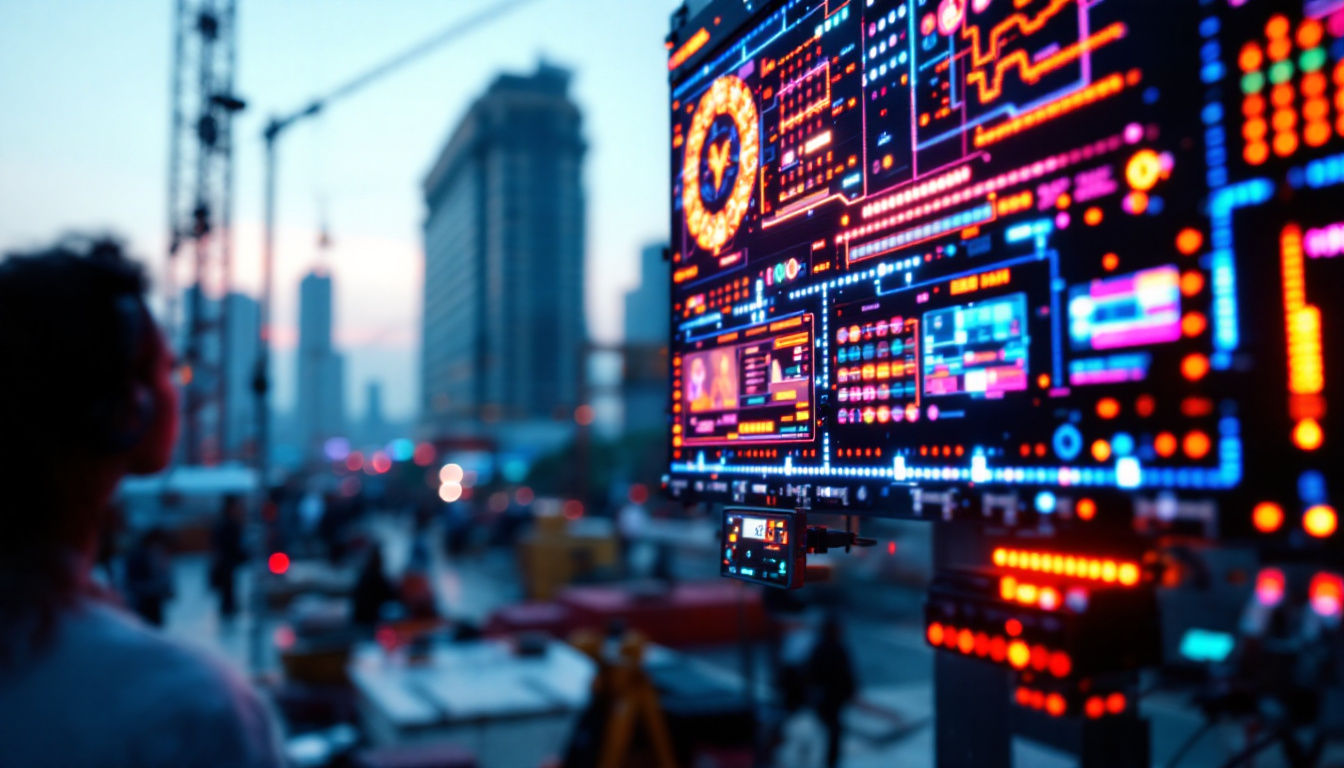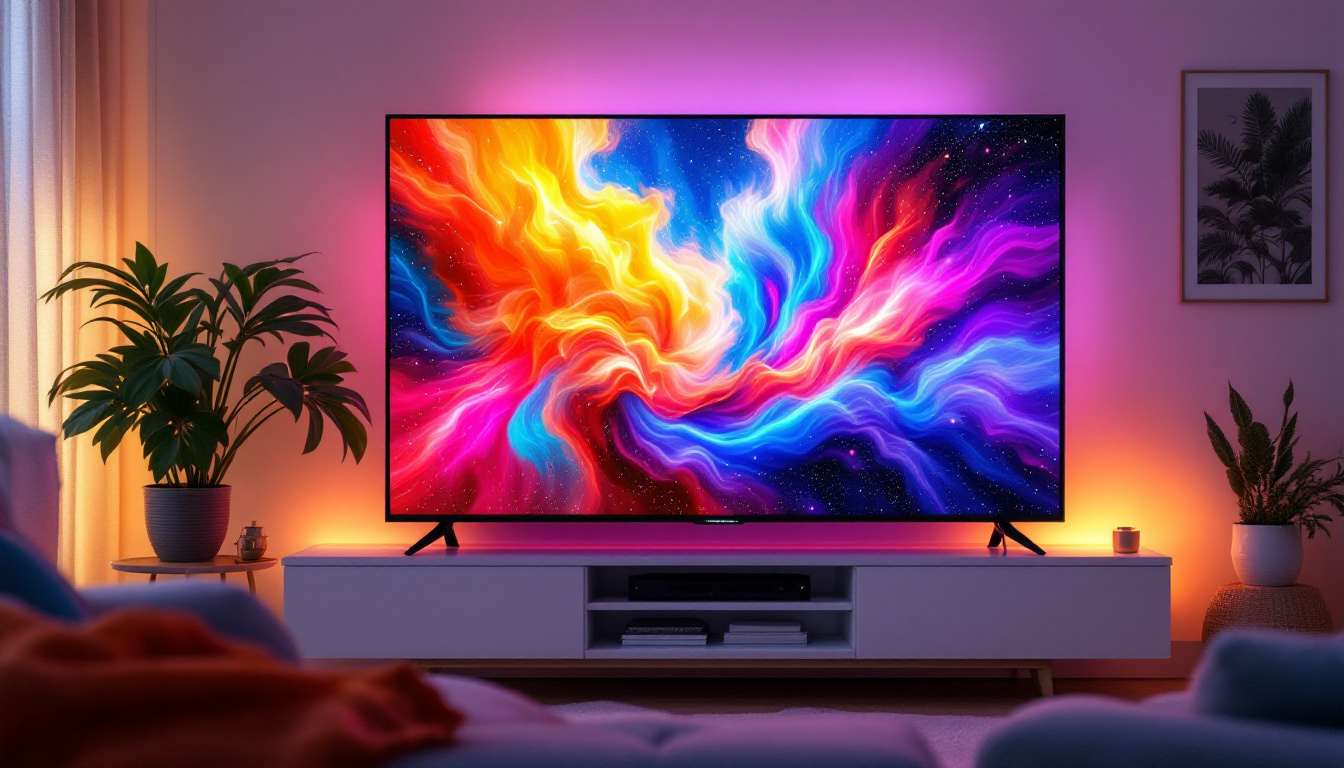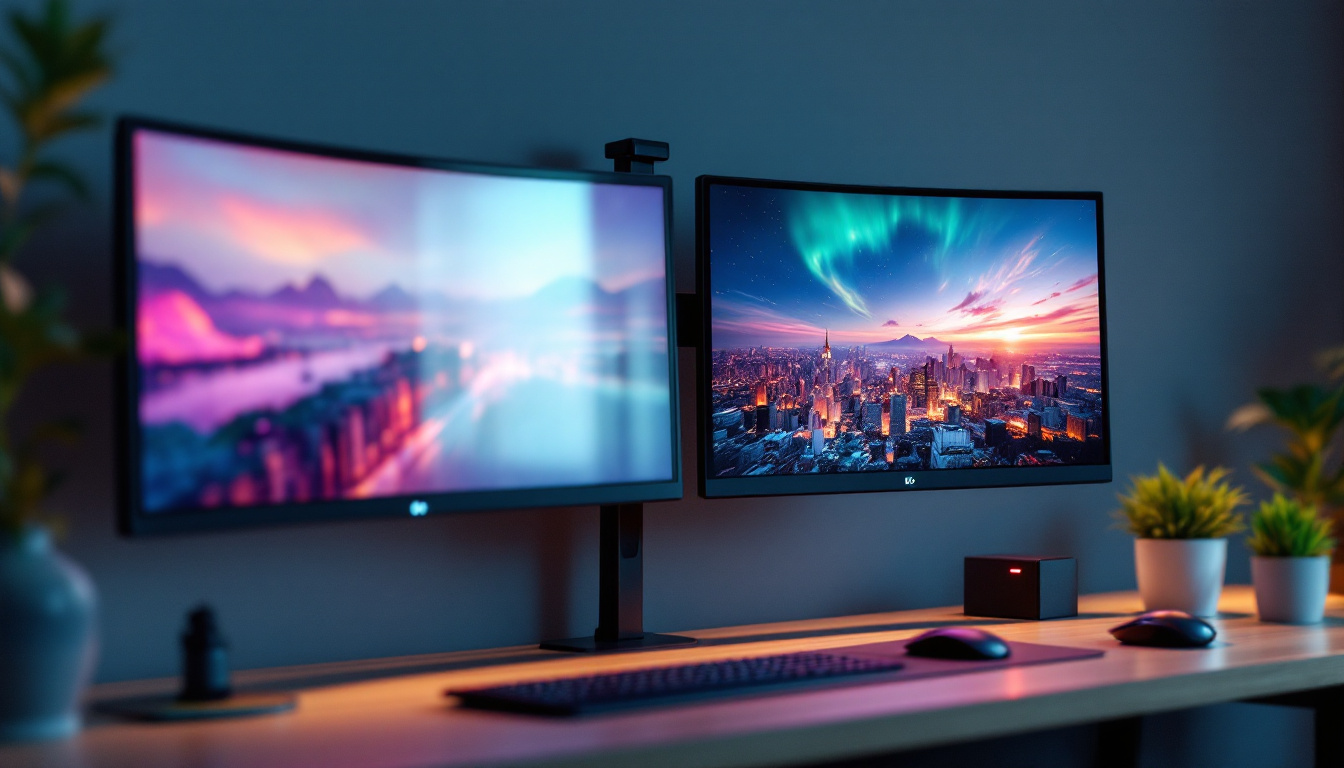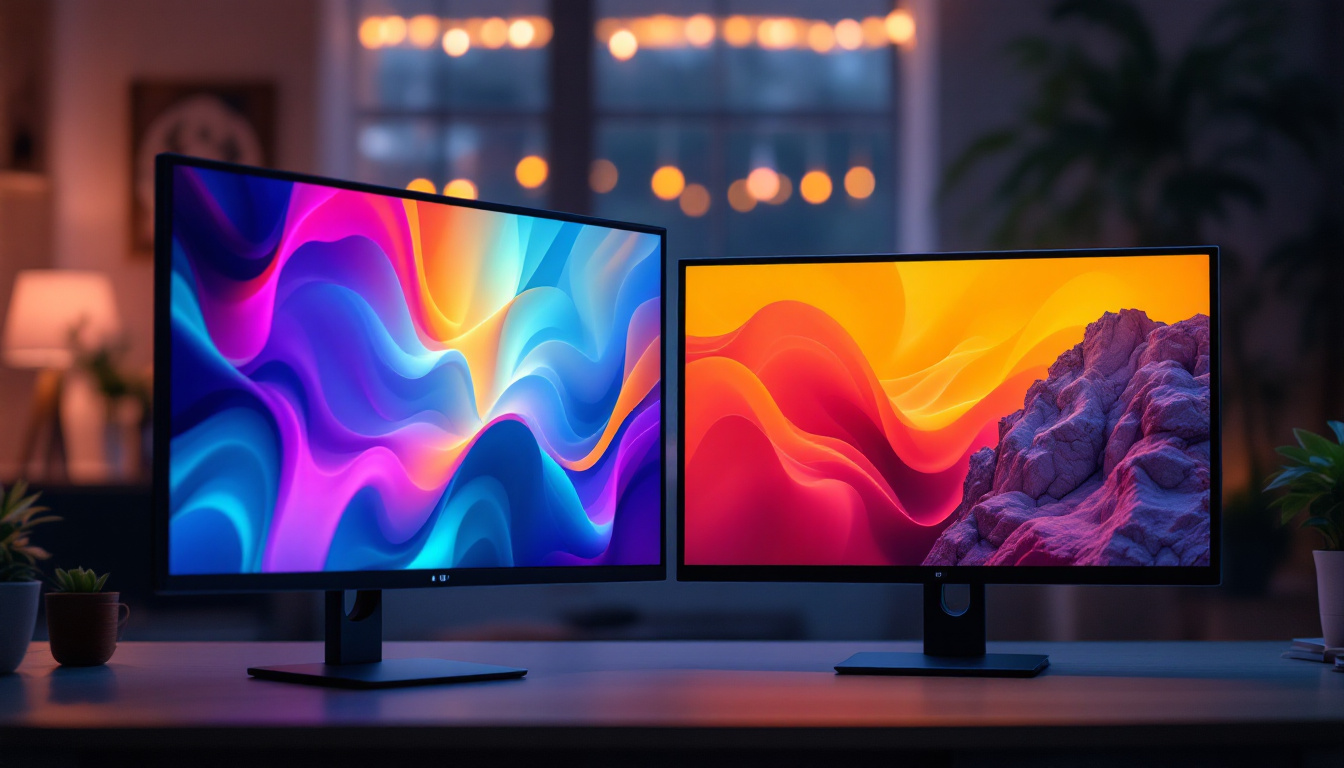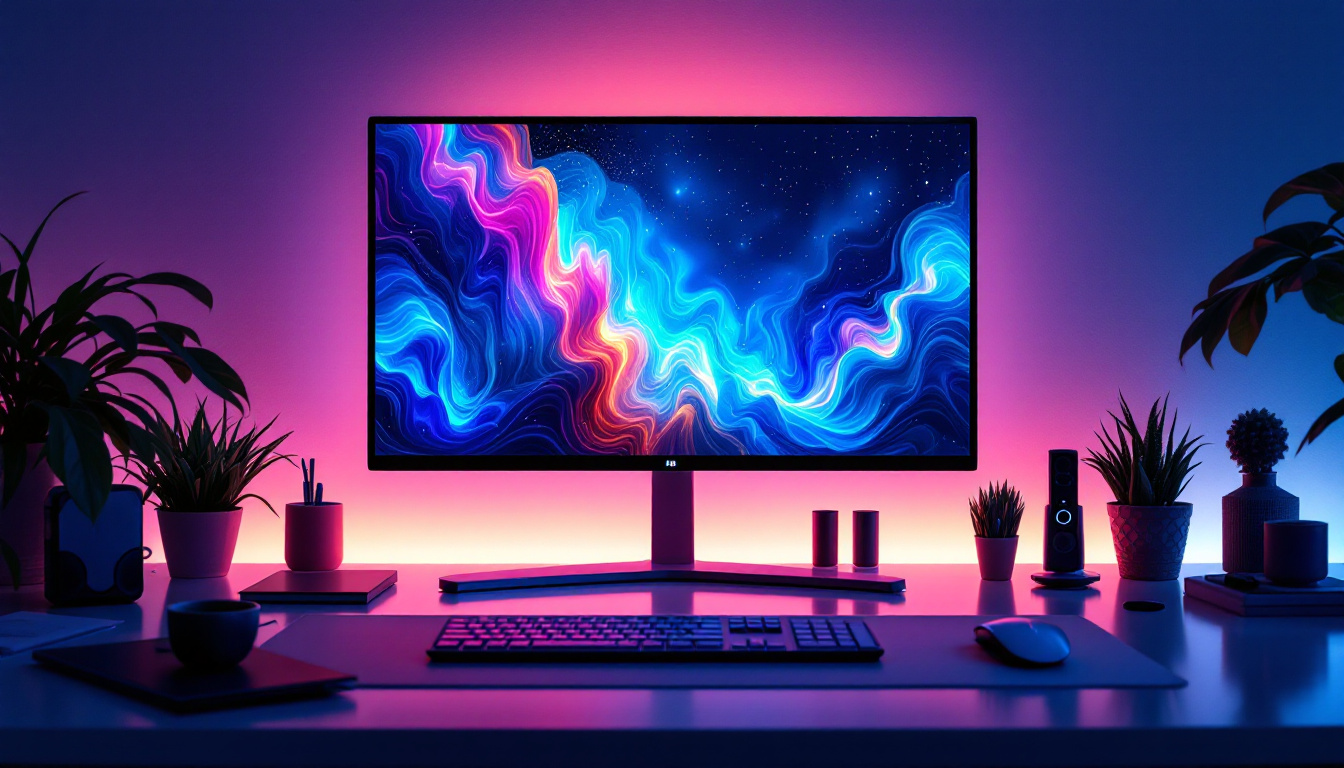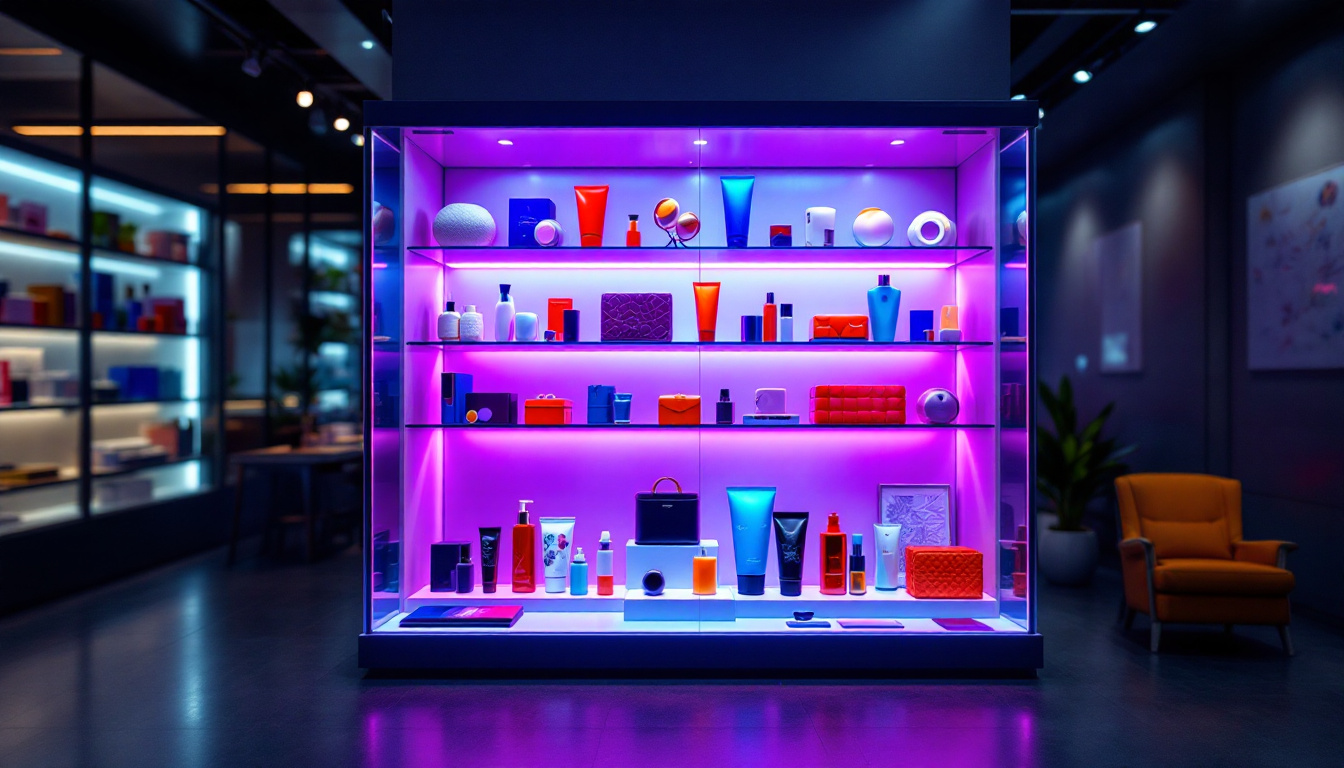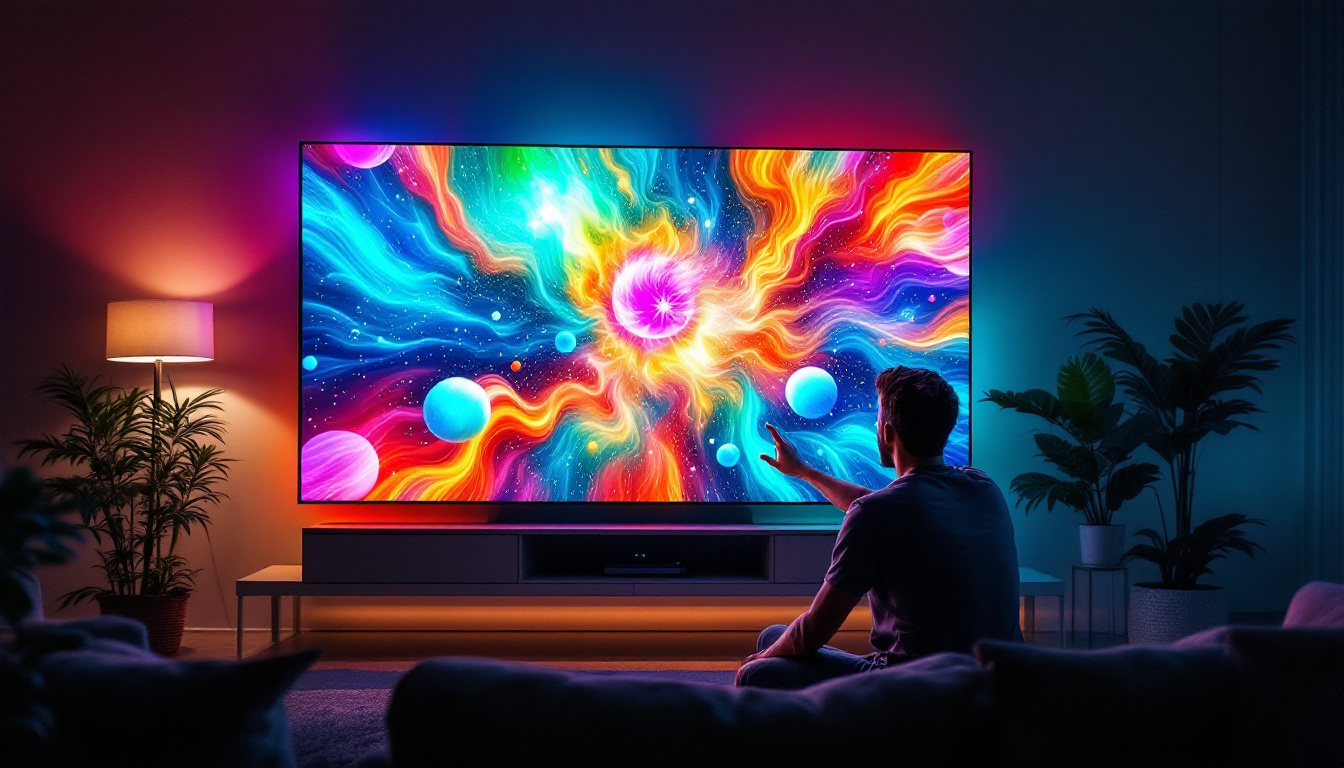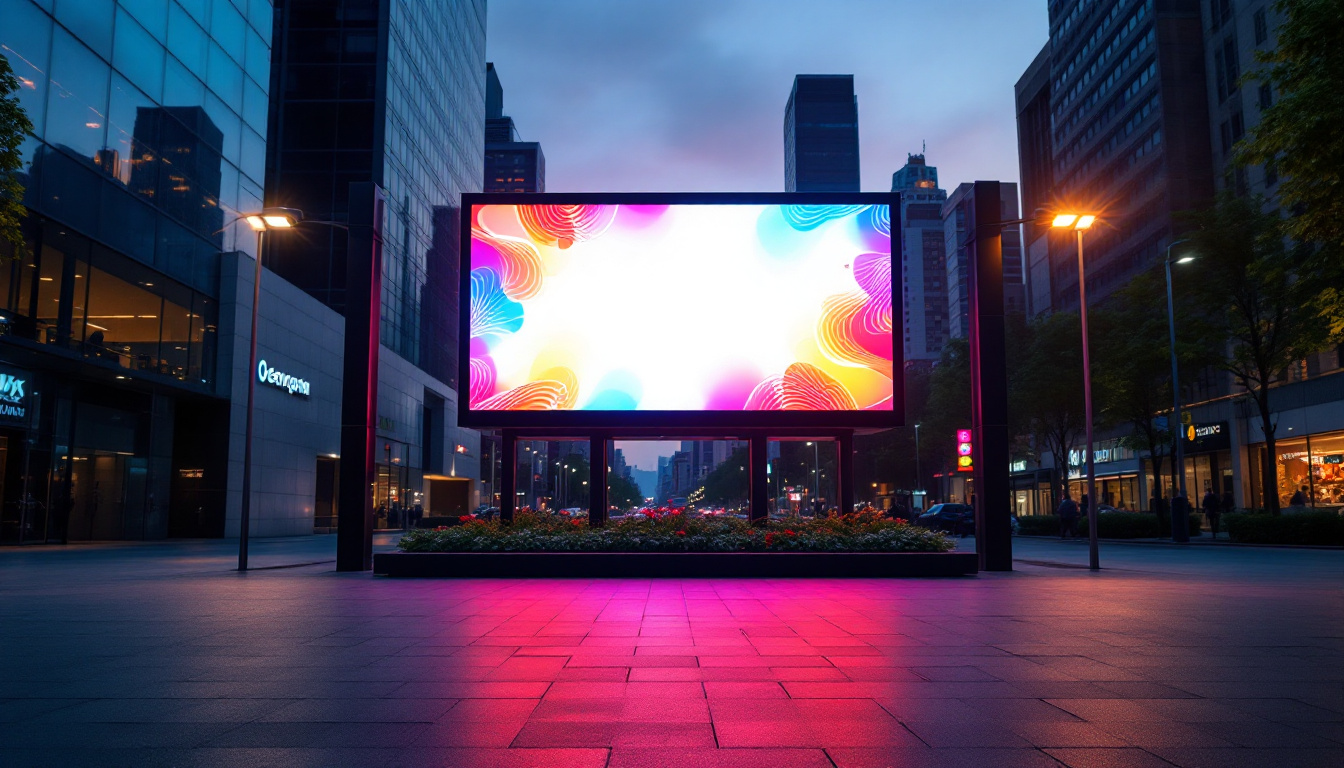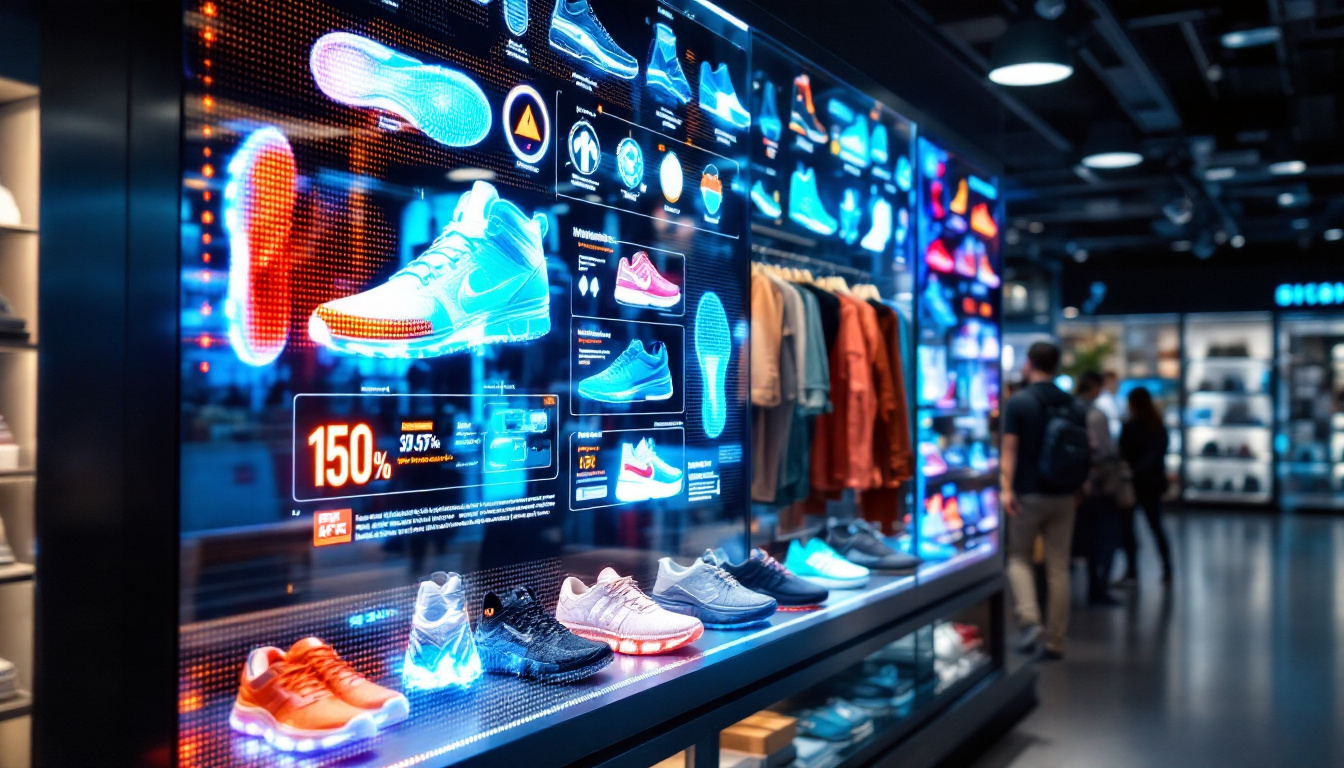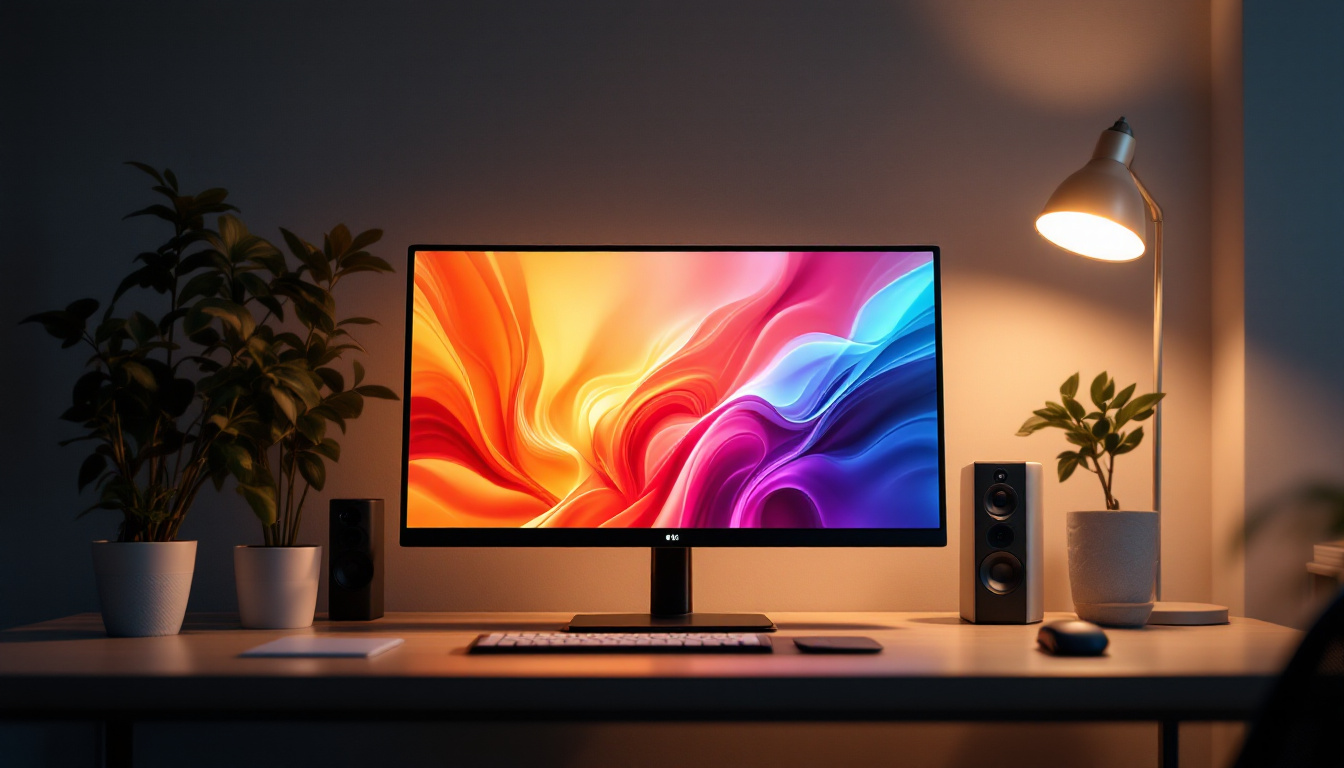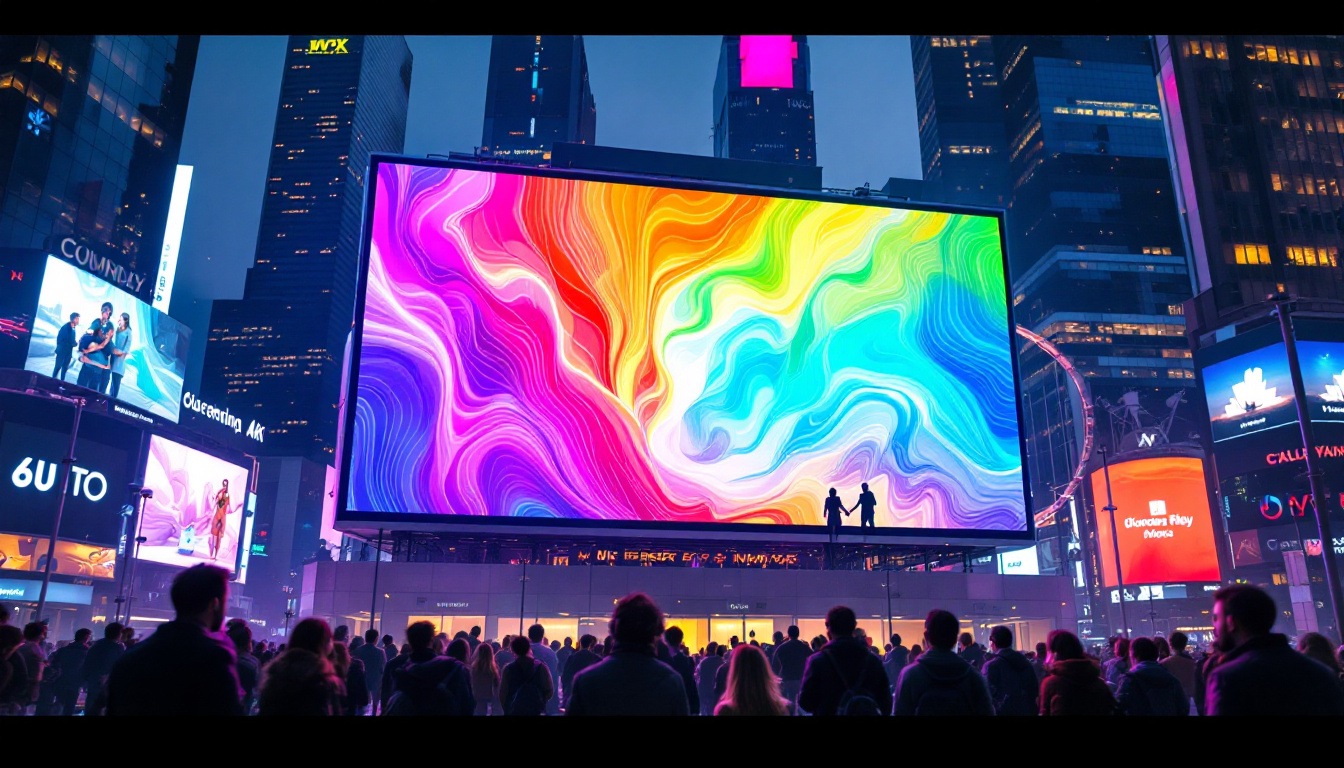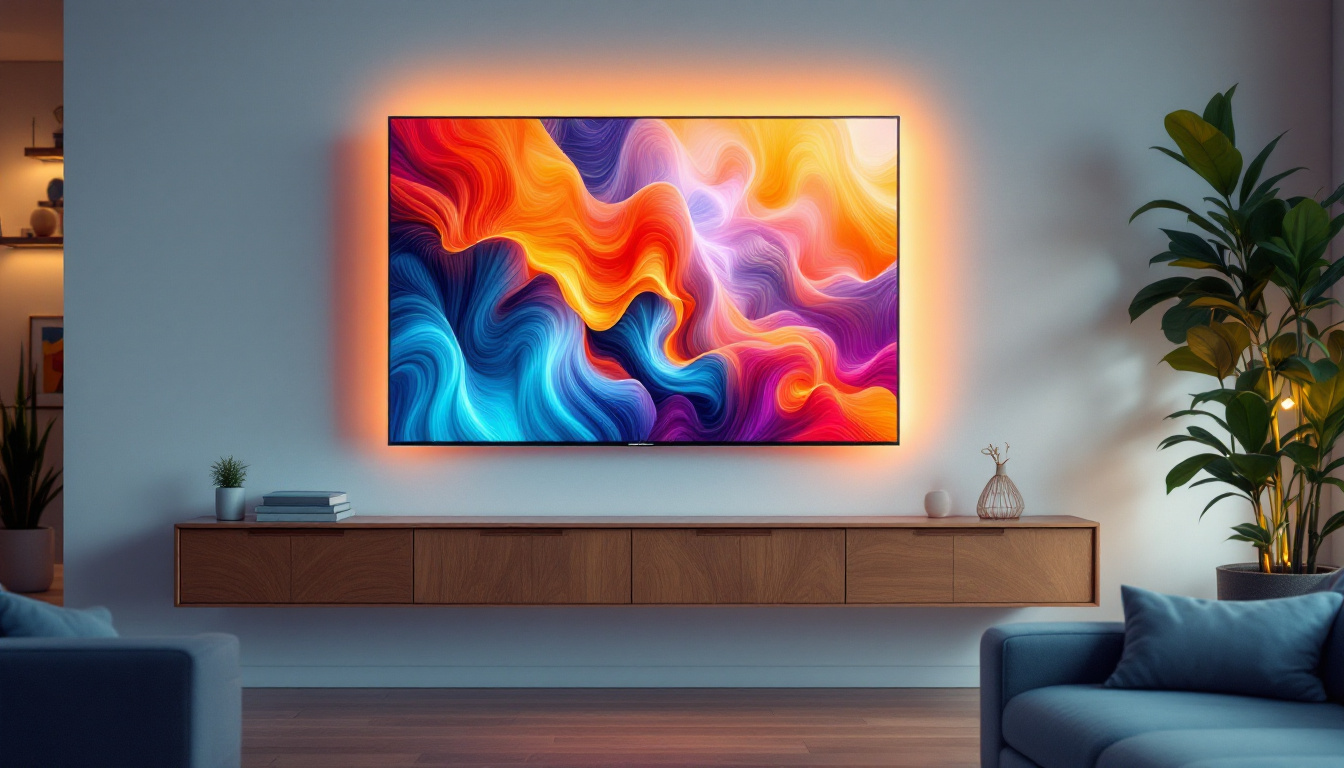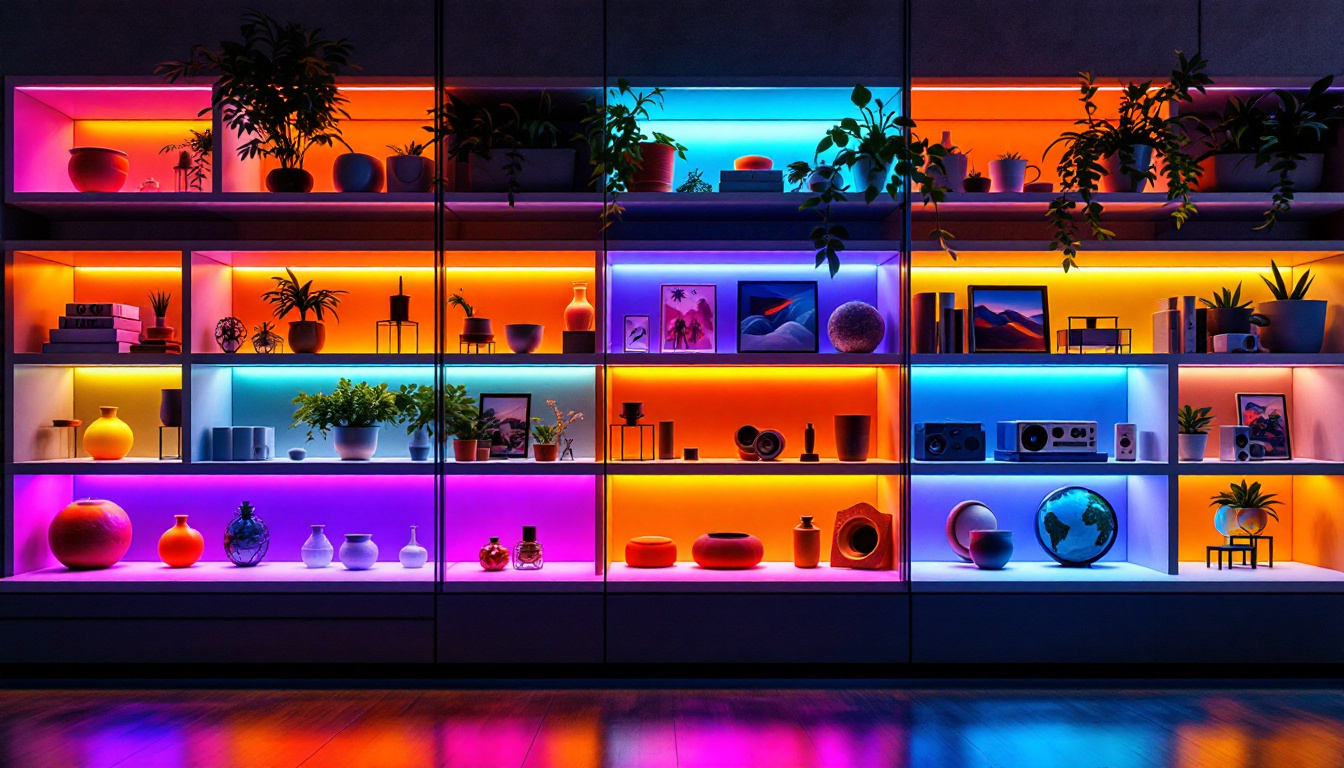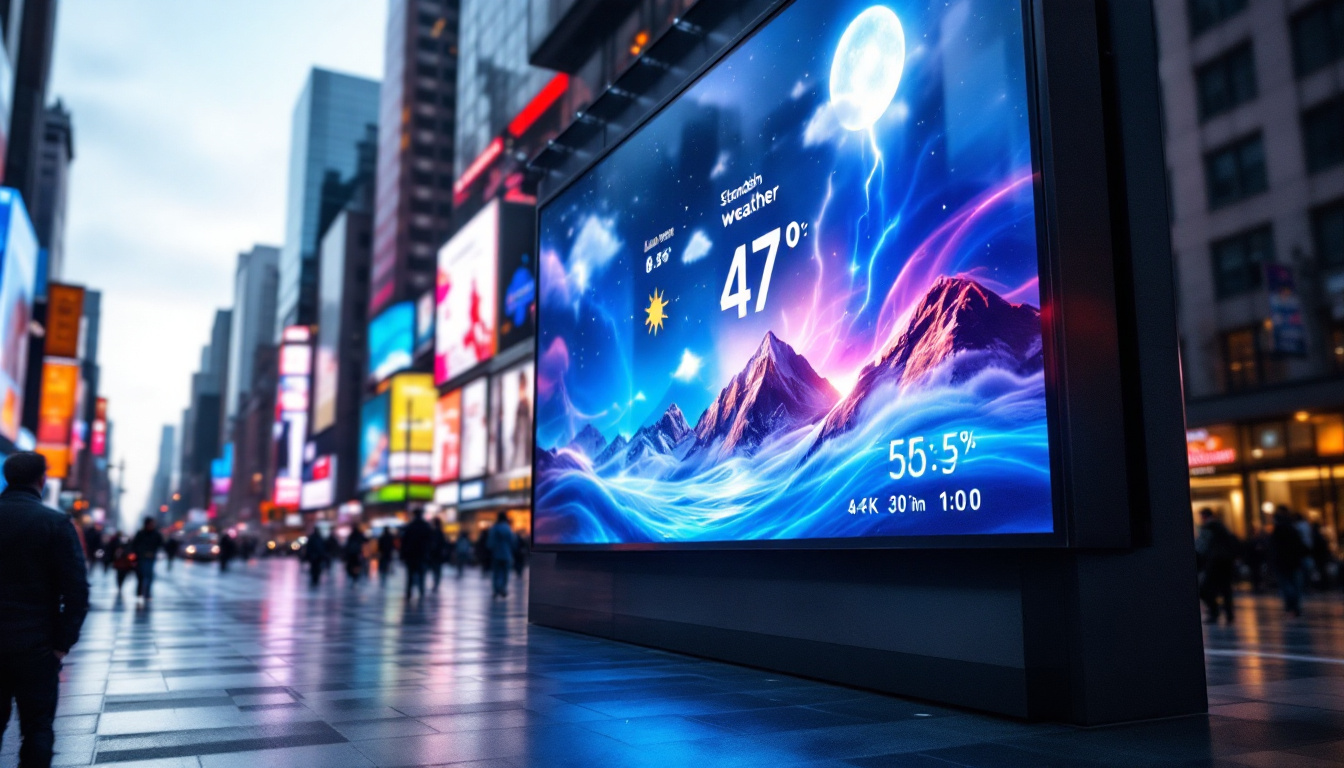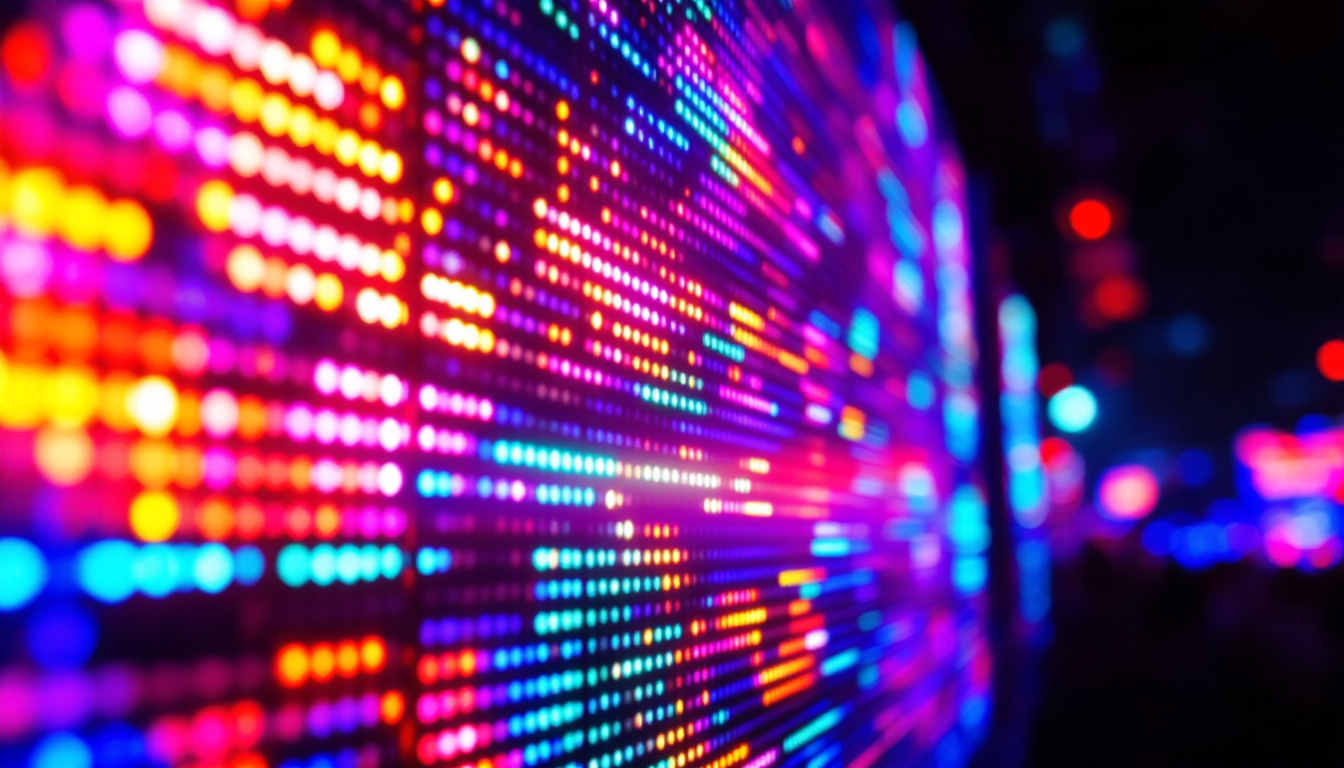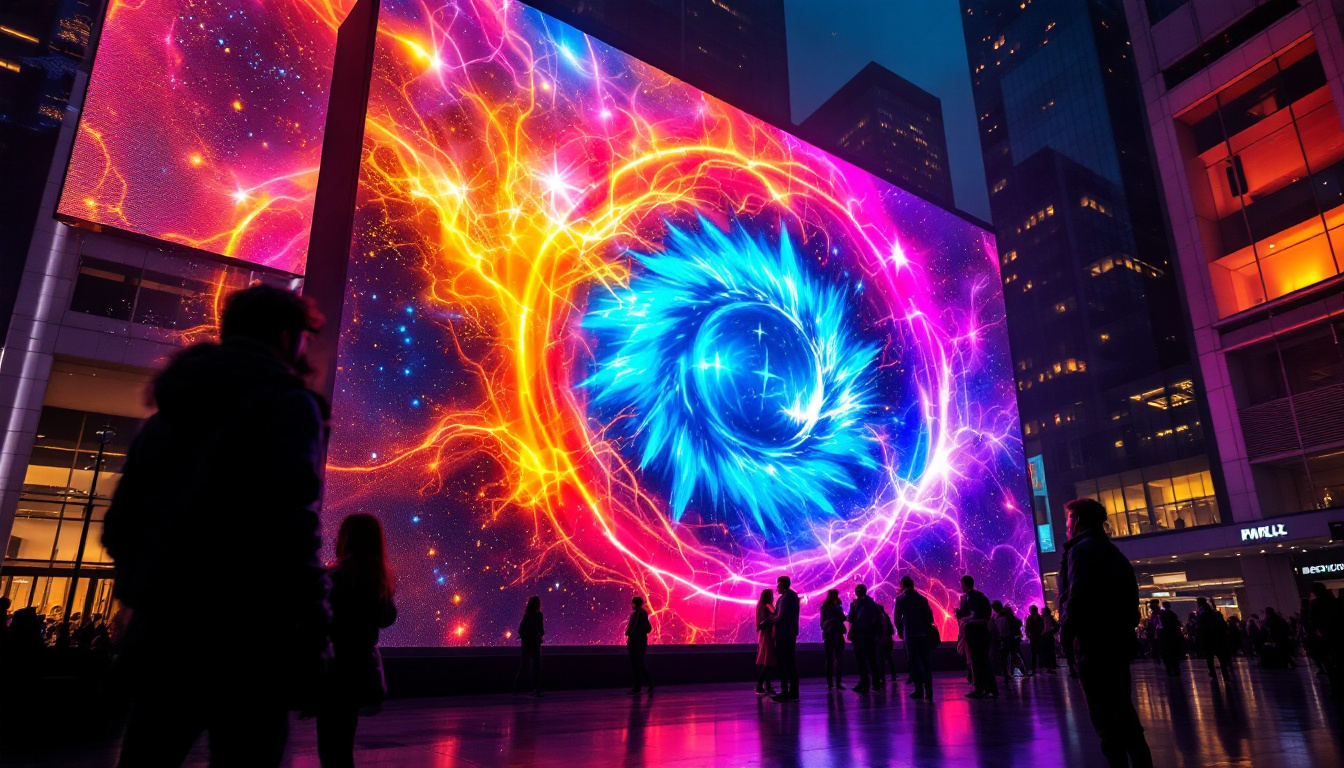In the rapidly evolving landscape of healthcare technology, patient screens equipped with LED displays have emerged as essential tools for enhancing patient care and communication. These displays not only provide critical information but also play a significant role in creating a more engaging and informative environment for patients. This article delves into the intricacies of LED displays in patient screens, exploring their functionality, advantages, and the technology behind them.
Understanding LED Display Technology
LED (Light Emitting Diode) technology has revolutionized the way information is presented in various fields, including healthcare. The fundamental principle behind LED displays is the emission of light from semiconductor materials, which allows for bright, energy-efficient screens that can display a wide range of colors and images. This technology not only enhances the visual experience but also contributes to reducing energy consumption, making it an environmentally friendly choice for many institutions.
How LED Displays Work
LED displays function by utilizing a matrix of tiny light-emitting diodes. Each diode can emit different colors when an electric current passes through it. By combining these diodes in various configurations, manufacturers can create displays that are capable of showing detailed images and text. The arrangement of these diodes determines the resolution and clarity of the display, which is crucial in a healthcare setting where information needs to be conveyed quickly and accurately. Furthermore, the rapid response time of LED displays ensures that real-time data, such as patient vitals or alerts, can be presented without delay, thereby enhancing patient care and safety.
One of the key advantages of LED technology is its ability to produce high brightness levels while consuming less power compared to traditional display technologies. This efficiency makes LED displays particularly suitable for environments like hospitals, where lighting conditions can vary significantly. Additionally, the durability of LED screens means they can withstand the rigors of a busy healthcare environment, reducing the need for frequent replacements and maintenance, which can be both costly and disruptive to operations.
Types of LED Displays
There are several types of LED displays used in patient screens, each designed to meet specific needs. Some of the most common types include:
- Direct View LED: These displays are made up of individual LED modules that can be arranged to create large screens. They are often used in waiting areas or lobbies to provide information to patients and visitors. Their modular nature allows for easy scalability, enabling healthcare facilities to customize the size and shape of displays according to their specific requirements.
- LED-backlit LCD: This type combines traditional LCD technology with LED backlighting. It offers better color accuracy and contrast than standard LCDs, making it ideal for displaying medical images and detailed information. The backlighting enhances visibility in brightly lit environments, ensuring that critical data is easily readable at all times.
- Organic LED (OLED): OLED displays are known for their vibrant colors and deep blacks. They are becoming increasingly popular in medical imaging due to their superior image quality. The flexibility of OLED technology also allows for innovative designs, such as curved or bendable screens, which can be particularly beneficial in specialized medical applications.
In addition to these types, advancements in LED technology continue to emerge, leading to the development of interactive displays that can engage patients and provide them with essential information in an intuitive manner. These interactive screens can facilitate better communication between healthcare providers and patients, allowing for a more personalized experience. Moreover, the integration of touch-screen capabilities can enable patients to access their medical records or educational materials directly, empowering them to take an active role in their healthcare journey.
Benefits of LED Displays in Patient Screens
The integration of LED displays in patient screens offers numerous benefits that enhance the overall patient experience. From improved communication to better engagement, these displays are transforming the way healthcare providers interact with patients.
Enhanced Communication
Effective communication is a cornerstone of quality healthcare. LED displays facilitate the clear and concise presentation of information, ensuring that patients receive important updates regarding their treatment, appointments, and health education. For instance, real-time updates on wait times or changes in scheduling can be displayed prominently, reducing anxiety and uncertainty among patients.
Moreover, LED displays can be programmed to showcase educational content, such as videos and infographics about health conditions, treatment options, and wellness tips. This not only informs patients but also empowers them to take an active role in their healthcare journey.
Improved Patient Engagement
Engagement is crucial in fostering a positive patient experience. LED displays can create a more inviting atmosphere by displaying interactive content, such as quizzes, surveys, or health-related games. This interactive approach can help alleviate stress and boredom, particularly in waiting areas.
Additionally, personalized content can be tailored to specific patient demographics, ensuring that the information presented is relevant and engaging. For example, pediatric patients may benefit from colorful animations and educational games, while adult patients might prefer more straightforward health information.
Increased Accessibility
Accessibility is a vital aspect of patient care. LED displays can be designed to accommodate various needs, including those of patients with visual or hearing impairments. High-contrast text and images can enhance readability, while audio features can provide spoken information for those who may struggle with written content.
Furthermore, the placement of LED displays can be strategically planned to ensure visibility from different angles and distances, making it easier for all patients to access important information.
Implementation Considerations
While the benefits of LED displays in patient screens are clear, there are several considerations that healthcare facilities must address when implementing this technology. From budget constraints to technical requirements, careful planning is essential to ensure a successful integration.
Budget and Cost Analysis
The initial investment in LED display technology can be significant, particularly for larger healthcare facilities. It is essential to conduct a thorough cost analysis that considers not only the purchase price but also ongoing maintenance and operational costs. Comparing different types of displays and their respective lifespans can help organizations make informed decisions that align with their budgetary constraints.
Additionally, considering the potential return on investment (ROI) is crucial. Improved patient satisfaction and engagement can lead to better health outcomes and potentially lower costs associated with readmissions and extended hospital stays.
Technical Infrastructure
Implementing LED displays requires a robust technical infrastructure to support the technology. This includes ensuring adequate power supply, network connectivity, and compatibility with existing systems. Healthcare facilities may need to invest in additional hardware or software to manage and update content on the displays efficiently.
Furthermore, staff training is vital to ensure that personnel can effectively operate and maintain the displays. This training should encompass both technical aspects and content management to maximize the benefits of the LED screens.
Content Management and Updates
Content is king when it comes to LED displays. Developing a content management strategy that outlines what information will be displayed, how often it will be updated, and who is responsible for managing it is essential. Regular updates are necessary to keep the information relevant and engaging for patients.
Healthcare facilities should also consider the use of analytics to track the effectiveness of displayed content. By monitoring patient interactions and feedback, organizations can refine their content strategy to better meet the needs of their patient population.
Future Trends in LED Display Technology
The landscape of LED display technology is continually evolving, with new advancements on the horizon that promise to further enhance patient screens in healthcare settings. Staying informed about these trends can help healthcare providers remain at the forefront of patient care.
Integration with Telehealth
As telehealth continues to grow in popularity, the integration of LED displays with telehealth platforms is becoming increasingly relevant. Patient screens could be used to facilitate virtual consultations, allowing healthcare providers to connect with patients in real-time, regardless of location.
This integration could also enhance the patient experience by providing visual aids during consultations, such as diagrams or videos that explain medical conditions or treatment options. The ability to display real-time data during virtual visits could lead to more informed decision-making and improved patient outcomes.
Artificial Intelligence and Personalization
Artificial intelligence (AI) is poised to play a significant role in the future of LED displays in healthcare. AI algorithms can analyze patient data to deliver personalized content tailored to individual needs and preferences. This level of personalization can enhance patient engagement and satisfaction, as patients receive information that is relevant to their specific health conditions.
Moreover, AI can help automate content management processes, ensuring that information is updated regularly and accurately without requiring extensive manual intervention. This efficiency can free up staff time, allowing healthcare providers to focus more on direct patient care.
Enhanced Interactivity
The future of LED displays in patient screens may also see an increase in interactivity. Touchscreen capabilities could allow patients to access information at their fingertips, enabling them to explore educational content, schedule appointments, or even communicate with healthcare providers directly through the display.
This level of interactivity can empower patients, giving them more control over their healthcare experience and fostering a sense of ownership in their treatment journey.
Conclusion
LED displays in patient screens represent a significant advancement in healthcare technology, offering numerous benefits that enhance communication, engagement, and accessibility for patients. As healthcare facilities continue to adopt and integrate these displays, careful consideration of implementation strategies, content management, and future trends will be essential to maximize their impact.
With ongoing advancements in technology, the potential for LED displays to transform the patient experience is immense. By embracing these innovations, healthcare providers can create a more informed, engaging, and supportive environment for patients, ultimately leading to better health outcomes and satisfaction.
Discover LumenMatrix LED Display Solutions
As you consider the vast potential of LED displays to revolutionize patient care, LumenMatrix stands at the forefront of this technological evolution. Our commitment to innovation ensures that healthcare providers can offer the most advanced and engaging visual communication solutions. From Indoor LED Walls that enhance patient rooms to Outdoor LED Displays that welcome visitors, our range of products, including Custom and All-in-One LED Displays, is designed to meet the diverse needs of modern healthcare facilities. We invite you to check out LumenMatrix LED Display Solutions and take the first step towards transforming your patient experience with unparalleled clarity and impact.

